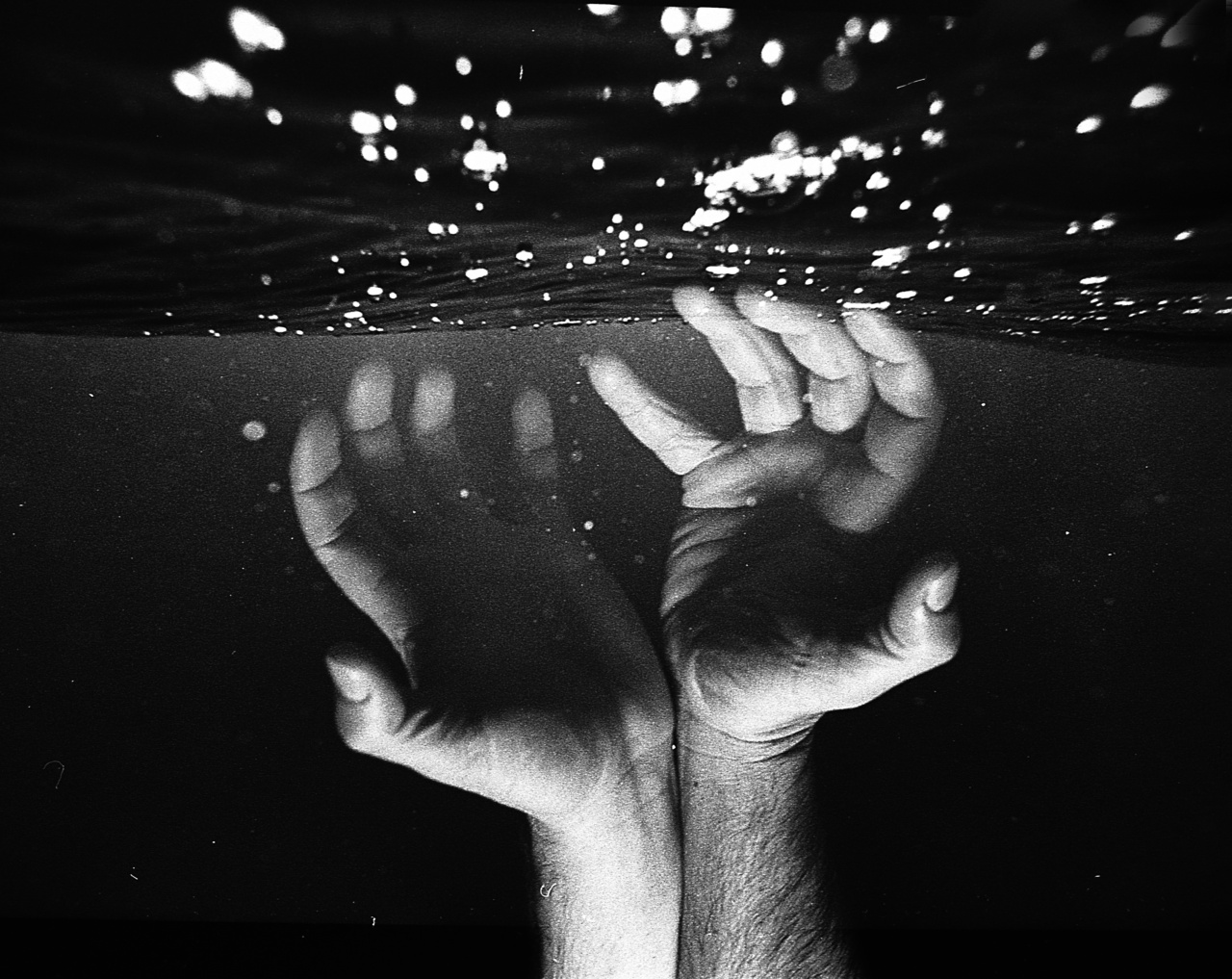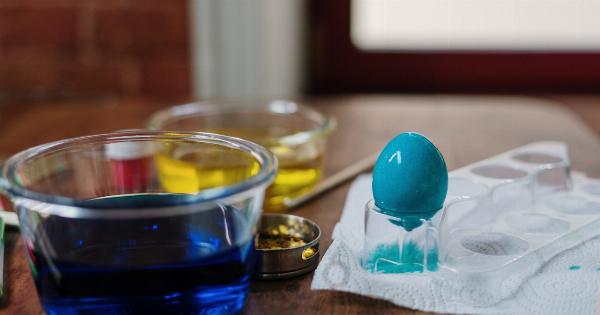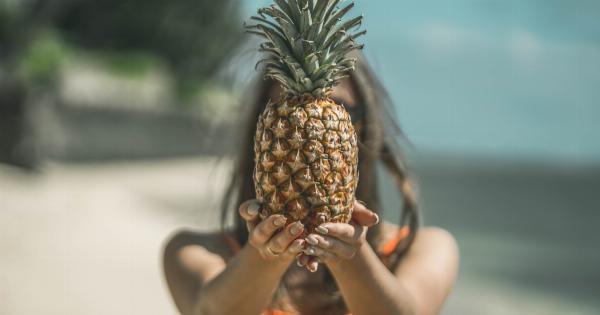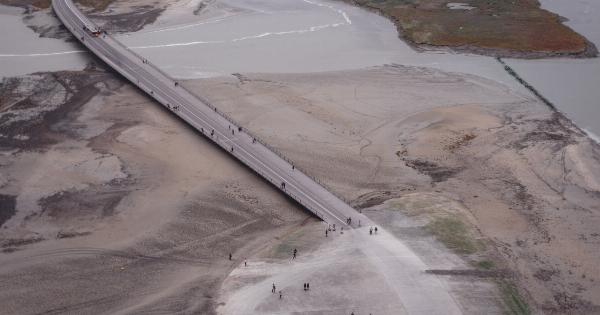Varicose veins are a common condition that affects millions of people worldwide. These enlarged and twisted veins, usually found in the legs and feet, can be unsightly and often cause discomfort or pain.
While there are various treatment options available, I found a surprising solution to help alleviate my varicose veins – water. In this article, I will share my personal journey and how incorporating water into my daily routine helped me overcome varicose veins.
Understanding Varicose Veins
Before delving into my personal experience, it’s important to have a basic understanding of varicose veins. These veins occur when the valves inside the veins weaken or become damaged, causing blood to flow backward and pool in the veins.
This leads to the characteristic bulging and twisted appearance.
Common risk factors for developing varicose veins include genetics, age, hormonal changes, obesity, and a sedentary lifestyle.
While varicose veins are often considered a cosmetic issue, they can also cause symptoms such as aching, swelling, heaviness, and cramping.
The Importance of Hydration
One of the most crucial aspects of my journey in beating varicose veins was staying hydrated. Water plays a vital role in maintaining proper blood circulation and promoting overall vein health.
When the body is properly hydrated, blood becomes less viscous, allowing it to flow more freely through the veins.
Additionally, staying hydrated helps prevent blood from thickening, which can put additional strain on the veins.
By drinking an adequate amount of water daily, I noticed a significant improvement in the appearance and discomfort associated with my varicose veins.
Water-Based Exercises
Along with regular hydration, incorporating water-based exercises into my routine played a significant role in combating varicose veins. Water exercises, such as swimming or water aerobics, have several advantages for individuals with varicose veins.
Firstly, water buoyancy reduces the effects of gravity on the body, relieving pressure on the veins and aiding blood circulation.
Additionally, water exercises provide a gentle resistance that helps strengthen the calf muscles, an essential component in maintaining proper blood flow in the legs.
I found that dedicating a few sessions each week to water exercises not only helped alleviate the symptoms of varicose veins but also served as a relaxing and enjoyable form of physical activity.
Cold Water Therapy
One aspect of my varicose vein treatment involved using cold water therapy. Cold water has vasoconstrictive properties, meaning it helps constrict the blood vessels.
By regularly exposing my legs to cold water, I noticed a reduction in swelling and discomfort associated with my varicose veins.
To incorporate cold water therapy into my routine, I would alternate between warm and cold-water foot baths. This method helped stimulate blood circulation and provided relief from the symptoms of varicose veins.
However, it is essential to consult with a healthcare professional before starting any cold water therapy regimen.
Elevating Legs and Hydration
In addition to the direct use of water, incorporating regular leg elevation and staying hydrated were crucial in my journey to overcome varicose veins.
Elevating the legs above the heart level helps reduce pressure on the veins and promotes healthy blood flow.
Whenever possible, I would elevate my legs for 15-20 minutes a day, with a pillow or cushion for support. This simple practice significantly relieved the heaviness and discomfort in my legs caused by varicose veins.
Furthermore, combining leg elevation with proper hydration magnified its effects. Together, these practices helped prevent the pooling of blood in the veins and encouraged improved circulation.
Diet and Water Consumption
While staying hydrated is crucial, I realized that maintaining a healthy diet also played a role in combating varicose veins. Incorporating foods with high water content, such as fruits and vegetables, further contributed to my hydration goals.
Foods like cucumbers, watermelons, oranges, and tomatoes not only provided essential vitamins and nutrients but also helped hydrate the body and support healthy blood flow.
Including these water-rich foods in my daily meals proved beneficial in tandem with proper water consumption.
Avoiding Dehydration Triggers
Avoiding certain dehydration triggers is equally important when it comes to overcoming varicose veins. Excessive consumption of alcohol and caffeine can lead to dehydration, which may worsen the condition of varicose veins.
I made a conscious effort to limit my intake of caffeinated beverages and alcohol, opting for water and herbal teas instead.
This change not only improved my overall hydration but also had a positive impact on the appearance and discomfort of my varicose veins.
The Importance of Compression
While water played a significant part in my varicose vein journey, I also found that compression garments were beneficial in managing the condition.
Compression stockings or socks apply gentle pressure to the legs, promoting proper blood flow and relieving symptoms such as swelling and discomfort.
Wearing compression garments throughout the day helped control the appearance of my varicose veins and significantly reduced the pain associated with the condition.
However, it is advisable to consult with a healthcare professional to determine the appropriate level of compression and the duration of use.
Conclusion
Varicose veins can be a bothersome and sometimes painful condition, but there are various ways to manage and alleviate its symptoms.
Through my personal journey, I discovered that incorporating water into my lifestyle played an integral role in overcoming varicose veins. By staying hydrated, engaging in water exercises, and implementing cold water therapy, I was able to improve the appearance and reduce the discomfort caused by varicose veins.
Additionally, practices such as leg elevation, a proper diet, and avoiding dehydration triggers further contributed to my success.
It is important to note that while water can be beneficial in managing varicose veins, each individual’s condition may vary.
Therefore, it is always advisable to consult with a healthcare professional for an accurate diagnosis and personalized treatment plan.






























